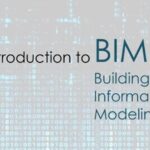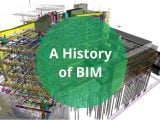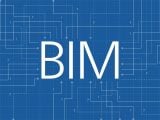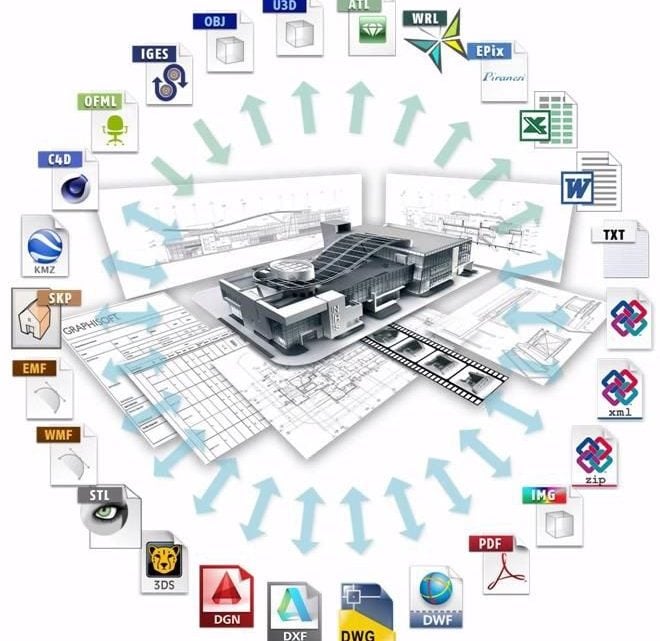
Building Information Modeling is More than Software
3 November 2018Building Information Modeling is More than Software
It is 2018, and it should be clear to everyone in the AEC industry that BIM is the future of building, infrastructure design, construction, and maintenance. There are millions of marketing dollars spent by BIM software companies each year trying to convince you that Building Information Modeling can’t happen without their product. They will try to convince you that their product is the “real BIM.” Of course, we live in an open, capitalist society where this behavior is expected. However, if you and your firm are making the move to BIM, this background noise may be concerning… and if it’s not, it should be.
In the first paragraph of Wikipedia’s entry on Building Information Modeling, the statement is made that building information models are files that are “…often but not always in proprietary formats and containing proprietary data…” This is troubling to some, however, understandable, of course. If your BIM software solution becomes inaccessible for any reason, your work is captive. For many, this is unacceptable and prevents them from moving forward to the power of BIM.
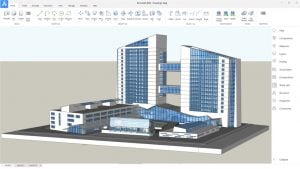
The idea of proprietary formats and databases is rooted in the concept of traditional BIM.
This concept goes back to the beginning days of computer science. The concept is that these custom data structures can be optimized to store information formatted in a way that improves access speed, reducing the time needed to load the BIM’s data. While this can be true, it’s not a given – especially when you consider the incredible capabilities of today’s computers. And it is possible that proprietary file formats actually hinder productivity by limiting the way that proprietary BIM solutions work across systems and disciplines.
This lack of good software interoperability is a major obstacle to efficiency and technology adoption. This is more insidious than it might appear at first. As firms resist the move to BIM, they limit their ability to work with other disciplines in the larger AEC workflow. This can limit access to expertise, raise total project costs, and add workflow gaps that can lead to costly rework.
Is there a solution to this problem? Yes, and it’s not what some may believe to be the obvious answer. The first part of a modern, interoperable BIM workflow is based on industry standard, non-proprietary file formats. Then, you’ll want your BIM model data represented in accordance with open, international standards. And you’ll need the ability to transfer BIM data accurately between multiple BIM tools that support all disciplines in this modern BIM workflow.
Source: https://www.archdaily.com



